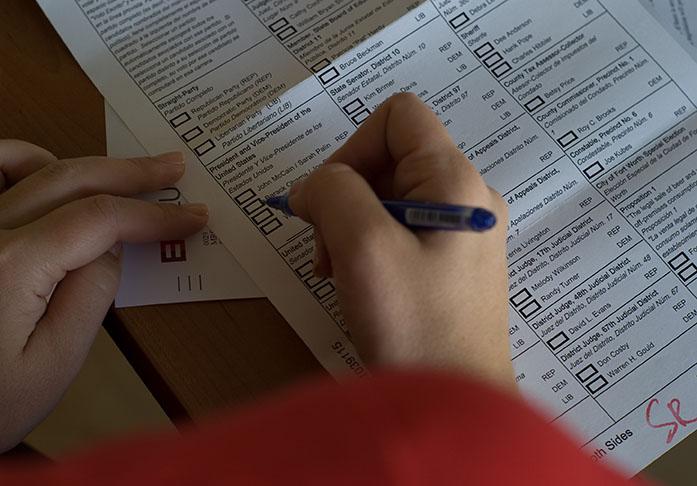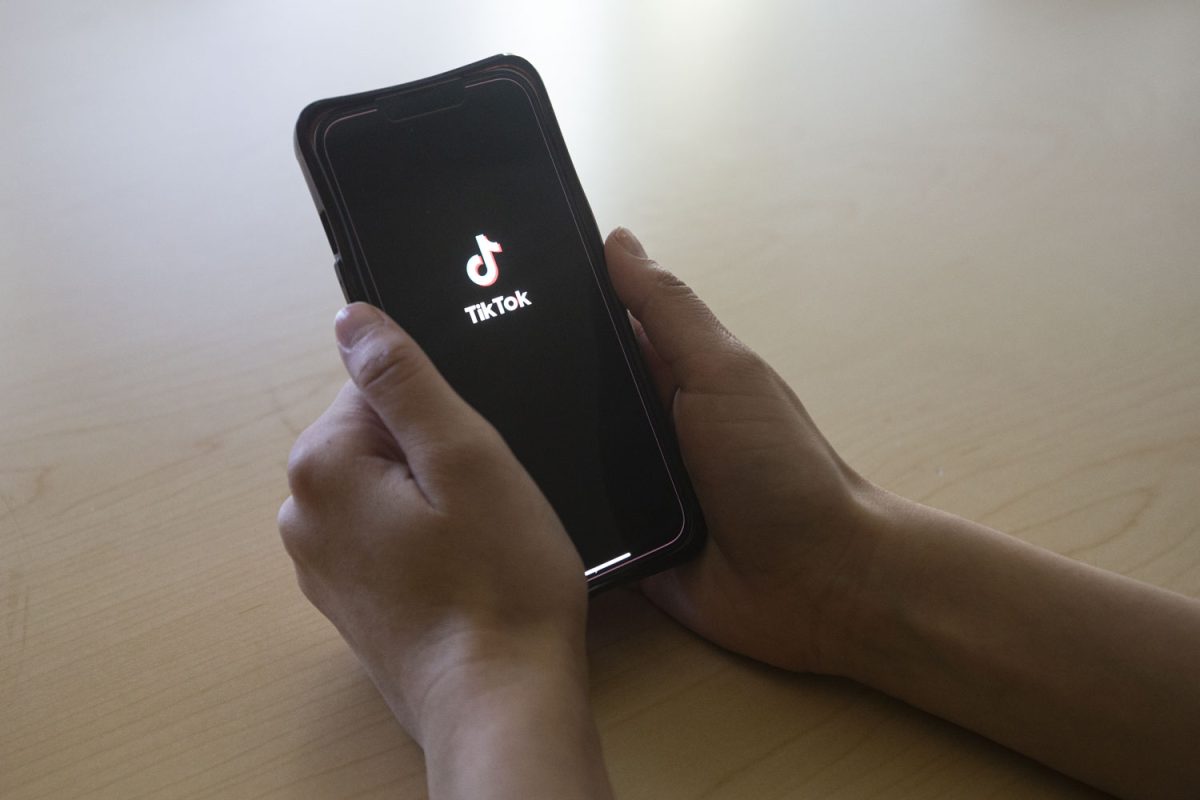Jace Brady
[email protected]
Last week, you likely heard on the news that Bernie Sanders pulled ahead of Hillary Clinton in a new poll. The poll people refer to comes from the reputable Quinnipiac, which on Sept. 10 showed Bernie Sanders with 41 percent support to Clinton’s 40 percent. This however, does not demonstrate that Sanders is in the lead but rather in a statistical tie (granted, a newer poll shows Bernie leading by 10 points in Iowa).
With the impending elections it is important to stay informed, and being able to understand polls is vital to doing so. The media never report how these polls would really be read but prefer to utilize eye-catching headline such as “Sanders takes the lead.” What the headlines should really say is “Sanders in tie with Clinton.” Let me explain why:
All polls come with a margin of error. In order to pinpoint with exact accuracy the support of any candidate, every individual would have to be polled. However, from a relatively small sample size, pollsters are able to project a level of support within a margin of error to a level of certainty, usually 95 percent. For this latest Quinnipiac Poll, the margin of error was 3.4 points. This means that they were 95 percent confident that if the Iowa caucuses was held today, Sanders would receive between 37.6-44.4 percent of the vote and Clinton would receive between 36.6-43.4 percent of the vote. So, in this poll, there are plenty of scenarios where Clinton is in the lead. In order for Sanders to truly be in the lead, he would have to hold a lead outside the margin of error.
Misunderstanding how polls work is not the only reason that using them is often ineffective. Polling accurately is also a problem because there are many variables that go into polling, and often pollsters have to guess who will show up to vote or be a “likely” voter and what proportion of Republicans, Democrats, and independents will make up the electorate. Furthermore, caller ID and a change in our culture has made it much more difficult for pollsters to obtain responses. Often, pollsters have to call tens of thousands of people to receive just a few hundred responses. All of these issues seriously dampen the integrity of these polls, and over the last several years there have been several occasions where pollsters have been extremely wrong.
In 2014, the midterm election results contradicted all the polls as Republicans had a landslide election and won by margins much larger than expected. This occurred because pollsters overestimated the share of the electorate that would be Democrats and underestimated Republican turnout. A similar instance recently occurred in the United Kingdom, in which the Conservative Party was able to remain in power despite polls strongly suggesting the opposition party would take power.
Those of you who are closely following the 2016 election should be wary when reading polls and skeptical when the media report on polls. Remember that the media have an inaccurate definition of “winning” or “leading” in the polls. Even the pollsters will admit that they are slowly losing their ability to effectively predict outcomes. Demographic changes, new technology, and an unwillingness to answer surveys have changed how polling is done and how effective it can be. Pollsters and media need to decide if polls are still relevant in our modern age and if so, the media must commit to more accurately report poll results.













